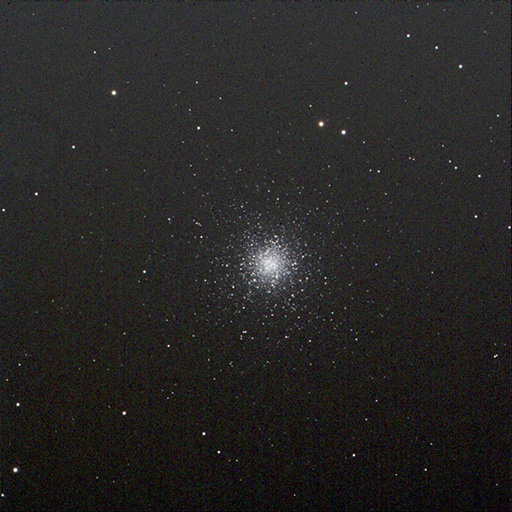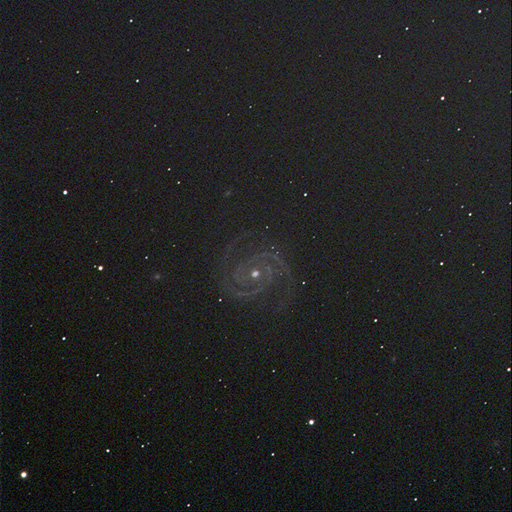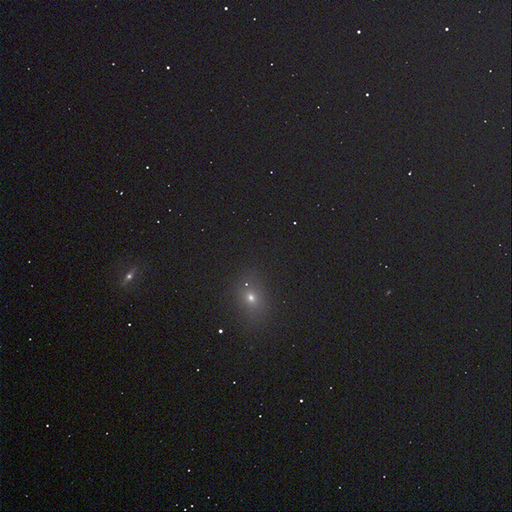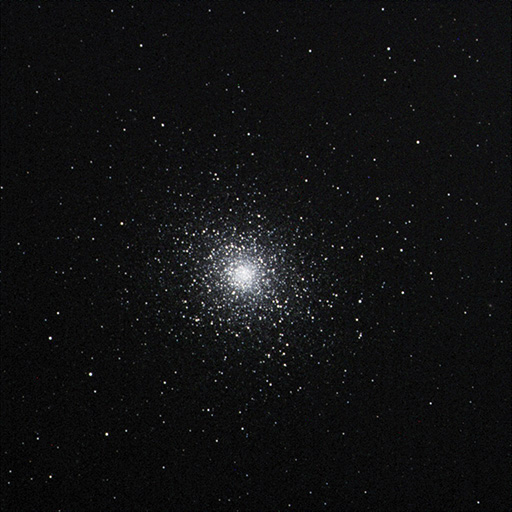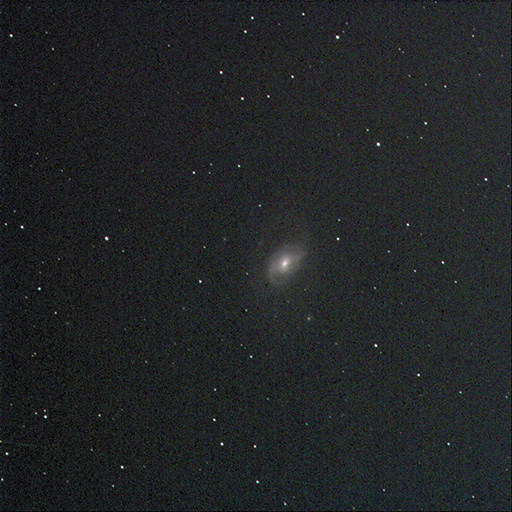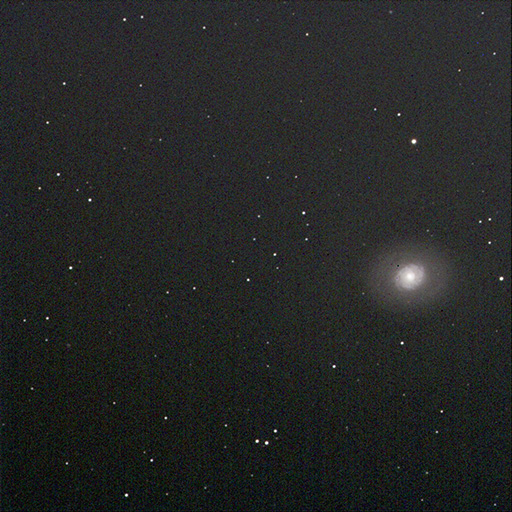We had several great clear nights in Monrovia. I had a night where everything clicked. If I hadn’t napped a bit, I might have gotten two or three more Messier objects.
I think now I know the most difficult part of urban astrophotography — at least with the camera I use: Finding suitable guide stars!
I can position quickly and easily to center my target object in the frame, and have no guide stars in the guide camera suitable for guiding. When the available guide stars are all fainter than the sky glow, PHD2 will lock onto any random signal it thinks is a star, then spend the entire exposure hunting for it.
I’ve learned to do the hunting myself before a shot. I can pan in a spiral around the object and watch for a suitably bright guide star to show up. As a result, many of my objects in these two nights of imaging are not quite framed the way I’d hoped.
Now my planning is going to be tougher. I may not be able to fill in many of the missing targets I didn’t catch this month until almost next year.
All of these images are 30 minutes of data, using six 5-minute subexposures. The telescope is an f/9 180mm Astro-Physics Starfire AP180EDT, mounted on an AP1100GTO mount. The camera is an SBIG ST-4000XCM one-shot color CCD.
Click on any of the pictures to link to the full resolution version, mostly twice the size (and half the sharpness).
From the evening of May 24:
My best image of that night was this one of M5. It could just be the excellent signal-to-noise ratio, but it’s possible that a fog layer was reducing the sky glow from Los Angeles.
The next night, May 25, I had more trouble finding guide stars.
I shot M61 because it was next in my list, but Jane recalled seeing that it had an active supernova. It’s there in the image. I’ll let you discover which star is the supernova.
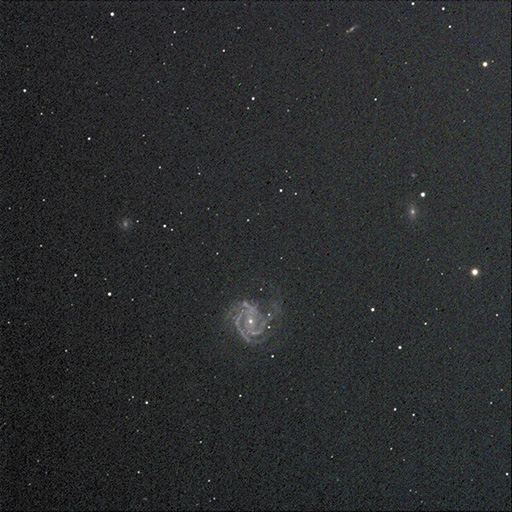
M61 spiral galaxy in Virgo. I love the blocky detail in the arms. The supernova is near the center at about 2:30 o’clock.

